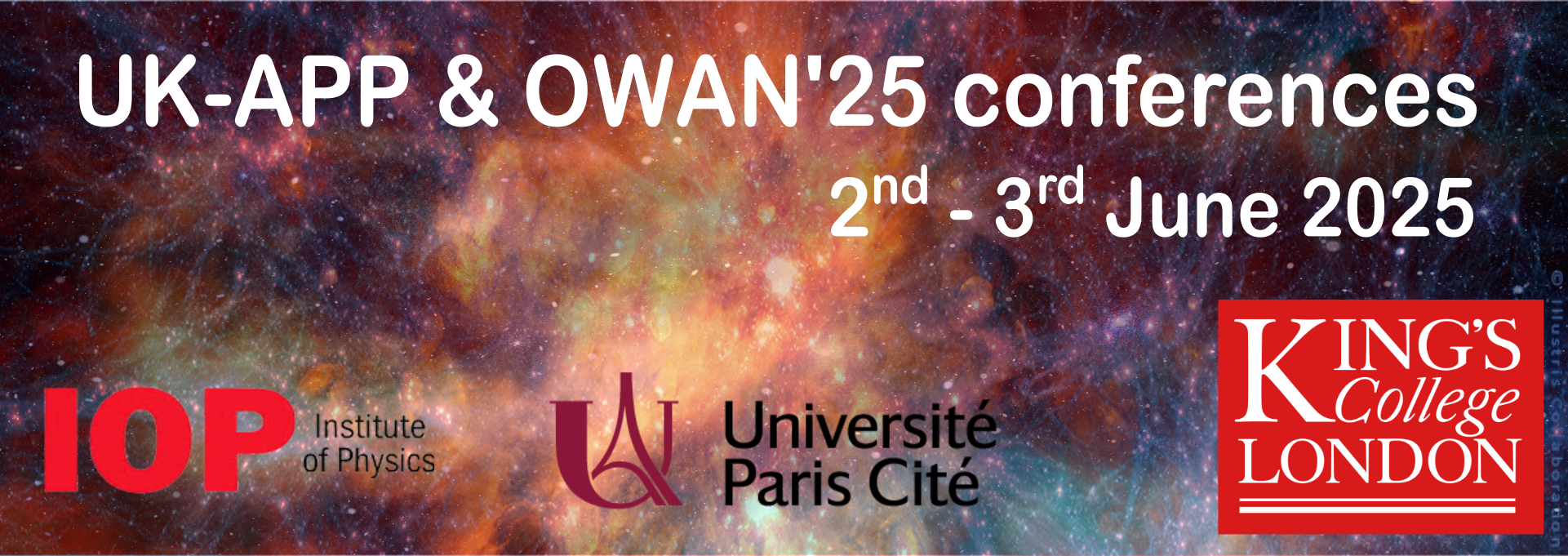Dark matter, neutrinos, and gravity interact feebly with the rest of the Standard Model particles, yet govern how the Universe evolves and operates. Together, they are the elusive parts of the Universe that have profound implications for particle physics, astrophysics, and cosmology. In this talk, I will use the planetary-defense mission, OSIRIS-REx, and the precision tracking data of the...
Gravitational particle production provides an ever-present background in non-thermal dark matter studies. I discuss the correspondence between the Starobinsky and Bogolyubov approaches to the problem of inflationary particle production, and derive strong constraints on frameworks with scalar dark relics.
Upon their evaporation via Hawking radiation, primordial black holes (PBHs) may deposit energy in the ambient plasma on scales smaller than the typical distance between two black holes, leading to the formation of hot spots around them. My talk will be based on arXiv:2501.05531, where we investigate how the corresponding rise of the local temperature during the evaporation may act as a shield...
The Cherenkov Telescope Array Observatory (CTAO) is the next-generation observatory for ground- based gamma-ray astrophysics. CTAO will achieve unprecedented sensitivity and angular resolution at energies from 20 GeV to 300 TeV across both the northern and southern hemisphere skies. Con- struction and early operations are underway at the two sites of La Palma in the Canary islands, and in the...
Gravitational particle production provides an ever-present background in non-thermal dark matter studies. I discuss the correspondence between the Starobinsky and Bogolyubov approaches to the problem of inflationary particle production, and derive strong constraints on frameworks with scalar dark relics.
(Based on D. Feiteira, O. Lebedev, arXiv:2503.14652)

